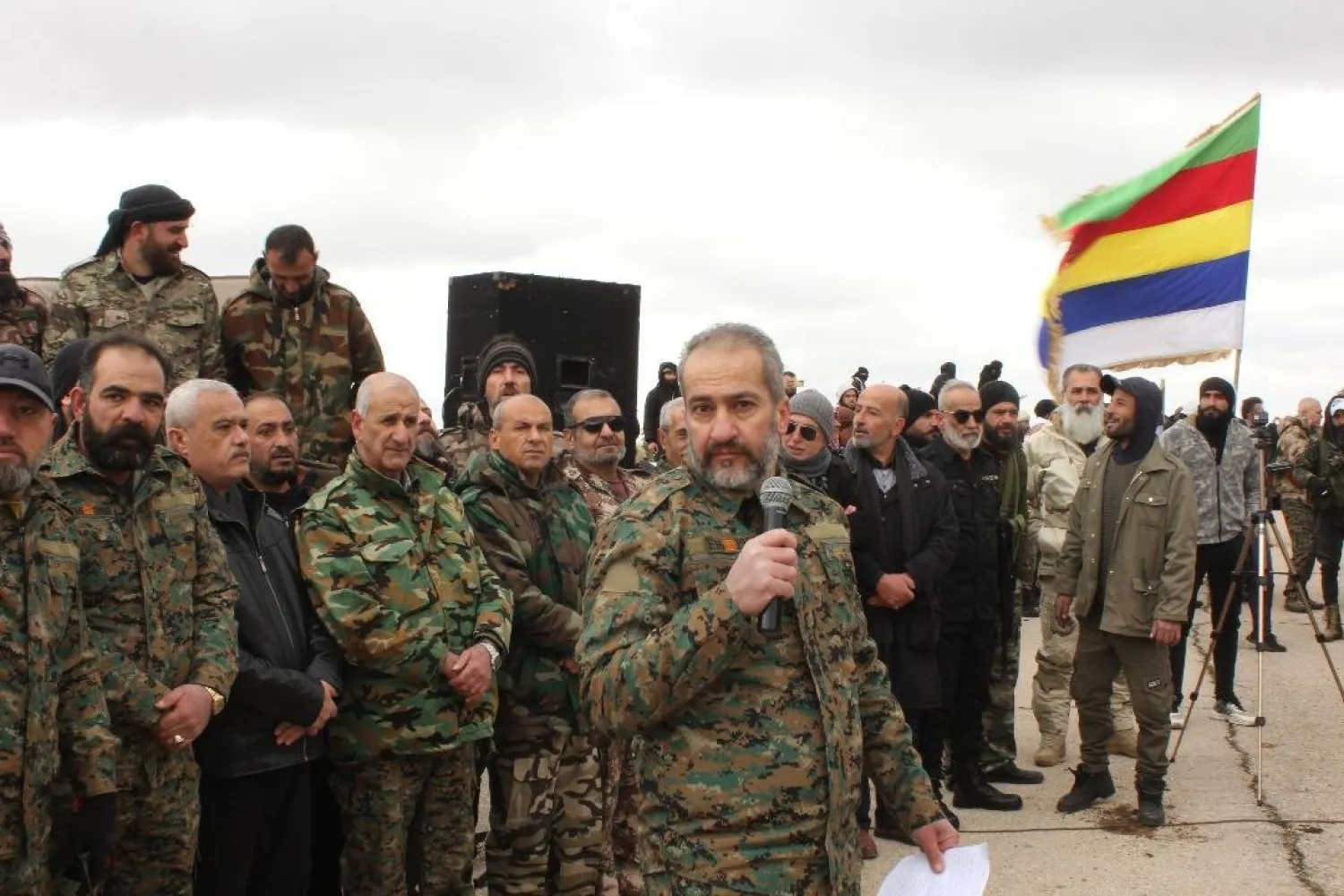Türkiye scoped out at least three air bases in Syria where it could deploy forces as part of a planned joint defense pact before Israel hit the sites with air strikes this week, four people familiar with the matter told Reuters.
The bombardment signals the risks of a deepening rift between two powerful regional militaries over Syria, where opposition factions have installed a new government after toppling former leader Bashar al-Assad in December.
The Israeli strikes on the three sites Türkiye was assessing, including a heavy barrage on Wednesday night, came despite Ankara's efforts to reassure Washington that a deeper military presence in Syria was not intended to threaten Israel.
The factions replacing Assad have alarmed Israel, which is wary of their presence on its border and has lobbied the United States to curb Türkiye’s growing influence in the country.
Ankara, a longtime backer of opposition to Assad, is positioning to play a major role in the remade Syria, including with a possible joint defense pact that could see new Turkish bases in central Syria and use of Syria's airspace.
In preparation, Turkish military teams in recent weeks visited the T4 and Palmyra air bases in Syria's Homs province and the main airport in Hama province, according to a regional intelligence official, two Syrian military sources and another Syrian source familiar with the matter.
The sources spoke on condition of anonymity to discuss the visits, which have not been previously reported.
Turkish teams evaluated the state of the runways, hangars and other infrastructure at the bases, the regional intelligence official said.
Another planned visit to T4 and Palmyra on March 25 was cancelled after Israel struck both bases just hours beforehand, according to the regional intelligence official and the two Syrian military sources.
Strikes at T4 "destroyed the runway, tower, hangars and the planes that were grounded. It was a tough message that Israel won't accept the expanded Turkish presence," said the intelligence official, who reviewed photographs of the damage.
"T4 is totally unusable now," said a fourth Syrian source, who is close to Türkiye.
When asked about the visits, a Turkish defense ministry official said: "Reports and posts regarding developments in Syria - whether real or alleged - that do not originate from official authorities should not be taken into consideration, as they lack credibility and may be misleading."
A spokesperson for Syria's defense ministry declined to comment.
Türkiye’s foreign ministry on Thursday called Israel "the greatest threat to regional security". On Friday, Foreign Minister Hakan Fidan told Reuters Türkiye wanted no confrontation with Israel in Syria.
HEAVY STRIKES
In the four months since Assad was toppled, Israel has seized ground in southwest Syria, made overtures to the Druze minority, and struck much of the Syrian military's heavy weapons and equipment. Wednesday's strikes were some of the most intense yet.
Syria's foreign ministry said Israel struck five separate areas within a 30-minute window, resulting in the near-total destruction of the Hama base and wounding dozens of civilians and soldiers.
Israel said it hit the T4 air base and other military capabilities at air bases in Hama and Homs provinces, as well as military infrastructure in the Damascus area.
Israeli Defense Minister Israel Katz called the air strikes a warning that "we will not allow the security of the State of Israel to be harmed". Foreign Minister Gideon Saar accused Ankara of seeking a "Turkish protectorate" in Syria.
Noa Lazimi, a specialist in Middle East politics at Bar-Ilan University, said Israel was concerned that Türkiye could establish Russian anti-aircraft systems and drones at T4.
"The base would enable Türkiye to establish air superiority in this area, and this poses a serious concern for Israel because it undermines its operational freedom in the region," she said.
'IDEOLOGICAL COLLISION COURSE'
Türkiye has tried to reassure the US that it wants to work towards a stable Syria.
Foreign Minister Fidan told US officials in Washington last month that Syrian interim President Ahmed al-Sharaa would not pose a threat to neighbors, according to a senior regional diplomat close to Türkiye and a source in Washington briefed on the meetings.
Fidan and other Turkish officials had earlier told Sharaa that Ankara was carefully calibrating its moves towards a defense pact so as not to irk Washington, one of the Syrian military sources said.
" Türkiye, not Israel, would pay the highest price among regional states were there to be failure or destabilization in Syria, including with refugees and security," an official in Türkiye’s ruling AK Party told Reuters.
Soner Cagaptay, director of the Turkish Research Program at the Washington Institute think tank, said Türkiye and Israel were on an "ideological collision course" but could avoid military escalation through mediation with Washington.









